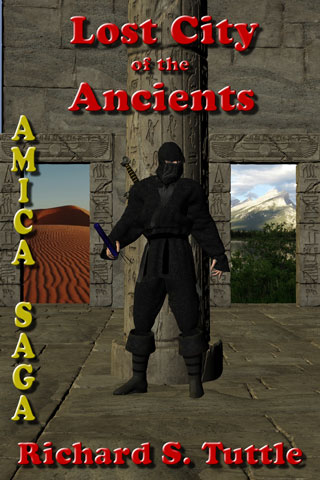

Many of its inhabitants “were only a generation or two removed from nomadism.” Thus, it may be misleading to characterize the place as a city.

At its peak, the city’s population is estimated to have reached 10,000 at most. Located in present-day south-central Turkey, Çatalhöyük was a Neolithic (Stone Age) community that flourished from approximately 7100 BCE to 5700 BCE. The four “lost cities” ÇatalhöyükĪrtist’s impression of Çatalhöyük.

Radiocarbon dating is only the most familiar of these techniques. Dig deeper into the field, and you’ll find a bewildering array of other scientific methods that now figure in this increasingly demanding discipline. Newitz’s description of these methods merely hints at the sophistication of the science brought to bear by archaeologists at work today. With lidar (Light Detection And Ranging), specialists can probe the location, depth, and dimensions of structures long buried under the earth, even in the midst of a forest or jungle. The might suggest the importance of trade to the inhabitants. For example, they may count the number of times they find pottery produced elsewhere versus pottery produced at the site they’re studying. In data archaeology, or computational archaeology, investigators study long-term human behavior and behavioral evolution by discerning patterns in the data sets that emerge from close observation of the tiny details in a dig.

To distinguish among the layers beneath a settlement built atop a series of earlier communities, archaeologists employ stratigraphic mapping analogous to the method used to distinguish one geological epoch from another. Image: Virginia Martínez-Pillado via ResearchGate Stratigraphic map of a dig site in Spain.


 0 kommentar(er)
0 kommentar(er)
